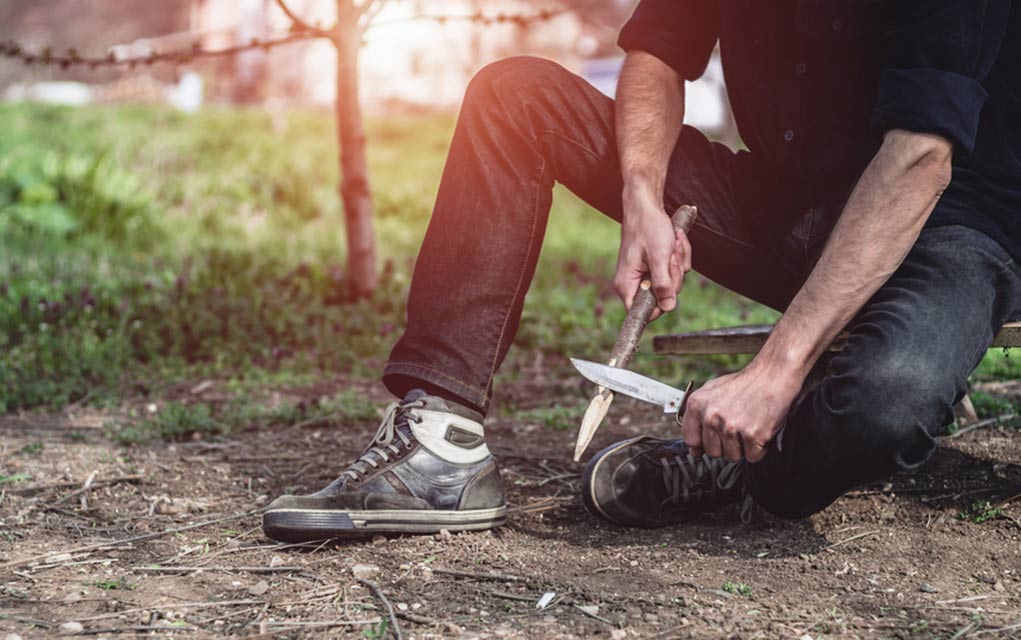How to Make a Spring Pole Trap

(Modern Survival.org) – In a survival scenario, hunting game can be a long, drawn-out process. Not only is hunting time-consuming, but it’s also an activity that can burn vital calories. Therefore, learning how to passively trap animals for food is essential.
Before trying any primitive traps, check local and state laws. Trapping is illegal in many areas. The information presented below is for educational purposes only. Traps will catch anything that gets near them, including cats, dogs, and even careless people.
The following video by Primitive Lifeways shows how to create a spring pole trap for survival:
Find the “Spring”
Spring pole traps utilize a sapling tree or bent branch to produce the “spring” effect. The selected sapling needs to have a good bit of bend to it without being too thick. It needs to be able to rig the trap, but not so powerful as to break it. Still, it will have to be thick enough to lift the target animal off of the ground once the trap’s sprung.
Once the sapling’s selected, it needs to be stripped of smaller branches. Leaving them will slow the spring when the trap is set off, which isn’t an ideal result.
Create the Trigger
The next component of the trap is the trigger. The best tool is a stick that can be driven into the ground like a stake. Its tip should be carved into a point to help with this task. Next, it needs a notch at the end opposite the tip, roughly in the shape of a seven. Finally, carve a matching notch in a trigger stick, which will be attached to the cord and the sapling. This creates an L7 trigger.
Set It Up
Fasten the line, which can be anything from fishing line to paracord, to the spring, then tie the trigger stick to it. The idea is to get a good bend in the spring when the L7 trigger is set. A separate line should run from the trigger stick to the noose.
When an animal walks into the noose, it will jerk away once it realizes it’s trapped. This will both tighten the noose and set off the trigger, pulling the animal into the air. The benefits of this type of trap are two-fold: the animal becomes suspended in the air and is less likely to chew its way out of the trap, and it will be elevated off the ground making it more difficult for a predator to steal your kill.
It is incredibly important not to touch the noose once this trap is set. To find out why, check out our article on snare safety here.
~Here’s to Your Survival!
Copyright 2023, ModernSurvival.org








